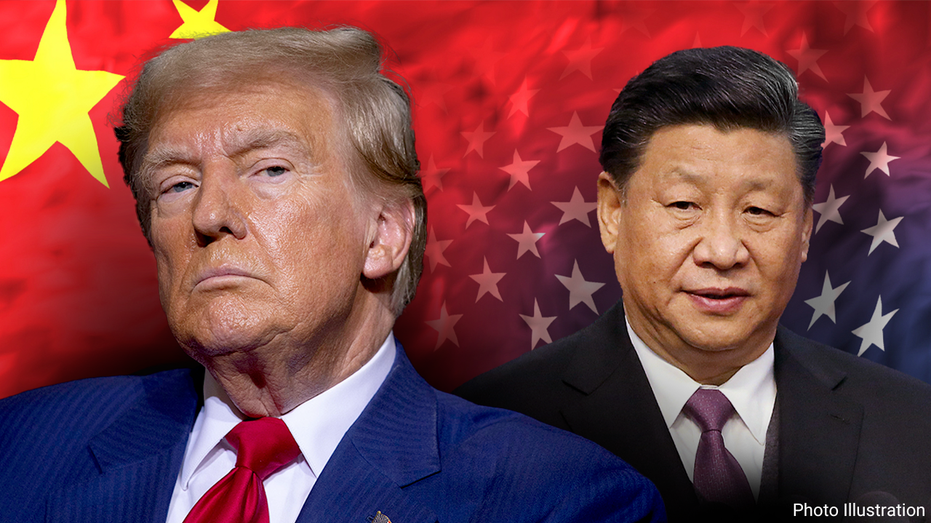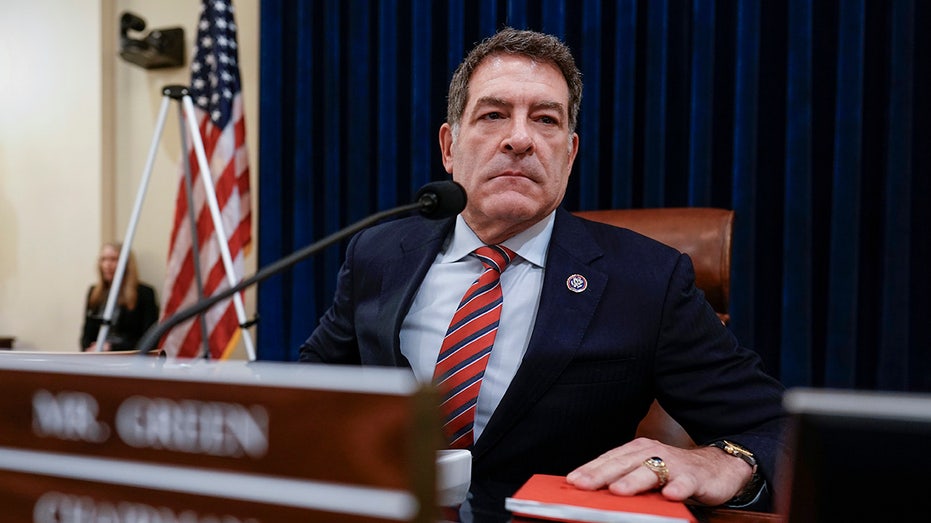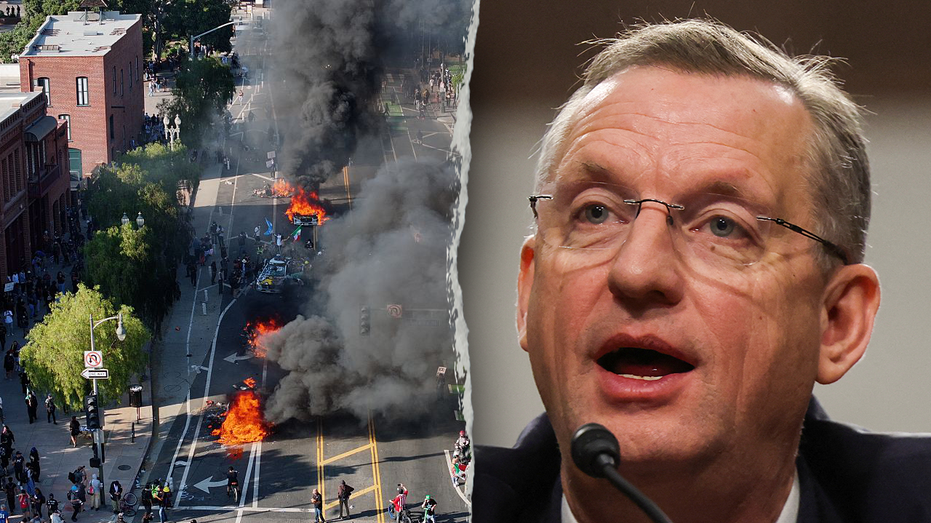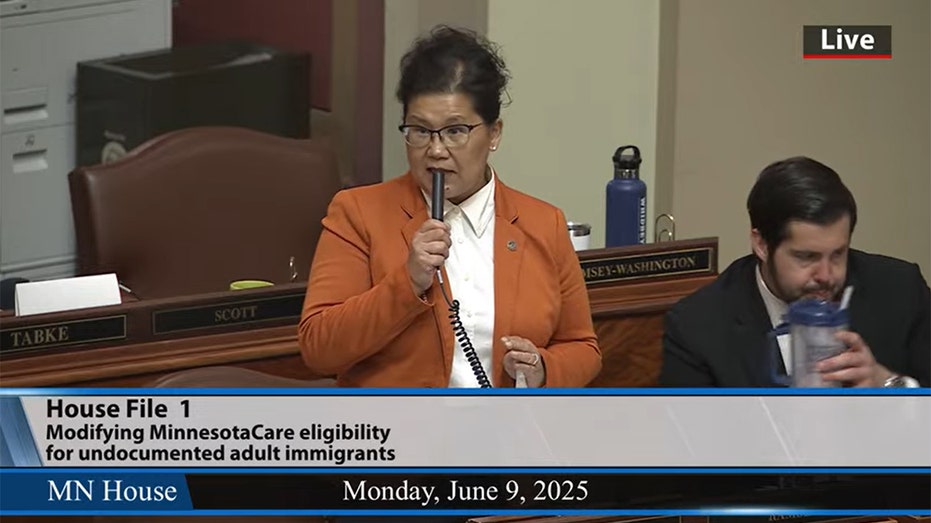Trump Highlights 'Very Positive' Breakthrough with Xi Amid Past China Trade Violations
President Trump discussed escalating trade tensions with Xi Jinping in a lengthy call focused on economic and security issues.

President Donald Trump spoke by phone with Chinese President Xi Jinping on Thursday, engaging in a lengthy discussion during a period of intense economic and national security tensions over ongoing trade disputes between Washington and Beijing. The conversation, which lasted approximately ninety minutes, was characterized by President Trump as "very positive" and focused almost exclusively on finalizing details of a recently negotiated trade deal.
Trump shared the news in a social media post, stating, "I just concluded a very good phone call with President Xi, of China, discussing some of the intricacies of our recently made, and agreed to, Trade Deal." He further revealed that both leaders had exchanged invitations for official state visits, possibly signaling an effort to strengthen diplomatic ties amid contentious talks.
The timing of the call is particularly notable, coming just days after President Trump openly criticized China for allegedly breaching the initial terms of their May trade agreement. In a series of statements, Trump claimed that China had "TOTALLY VIOLATED ITS AGREEMENT WITH US", though he declined to provide explicit details about the alleged violations. Despite the public criticism, Thursday’s conversation appeared to smooth over recent frictions, as Trump later stated, “We’ve straightened out any complexity, and it’s very complex stuff, and we straightened it out.”
The structure of the current trade agreement, as outlined by both countries, involves significant tariff reductions: the U.S. agreed to lower duties on Chinese imports from 145 percent to 30 percent, while China promised to cut tariffs on American products from 125 percent to 10 percent. However, concerns remain about enforcement and follow-through. U.S. Trade Representative Jamieson Greer noted that China had not yet lifted its non-tariff barriers, saying, "The United States did exactly what it was supposed to do, and the Chinese are slow-rolling their compliance, which is completely unacceptable and has to be addressed."
From the Chinese side, officials pushed back against criticisms and called on the United States to immediately "correct its erroneous actions". A spokesperson from the Chinese embassy emphasized the need to cease discriminatory restrictions and to uphold the consensus reached at recent high-level negotiations.
Despite the ongoing disputes, the tone from both leaders after the call suggested a willingness to move forward. Trump, addressing reporters in the Oval Office alongside German Chancellor Friedrich Merz, reiterated, “I think we’re in very good shape with China and the trade deal... I would say we have a deal, and we’re going to just make sure that everybody understands what the deal is.”
The diplomatic overtures extend beyond trade. President Trump invited President Xi and First Lady Peng Liyuan to visit the United States, reciprocating Xi’s own invitation for the Trumps to visit China. This comes at a time when the administration is increasing scrutiny of Chinese nationals studying in the U.S. Trump has previously threatened to revoke visas of Chinese students but softened his stance this week by clarifying, “We want to have foreign students, but we want them to be checked.”
As the two nations prepare for further high-level meetings, indications are that China is “very much” interested in securing a comprehensive trade agreement, raising hopes among observers that the recent thaw in rhetoric may translate into lasting progress on issues that have long dominated U.S.-China relations.




